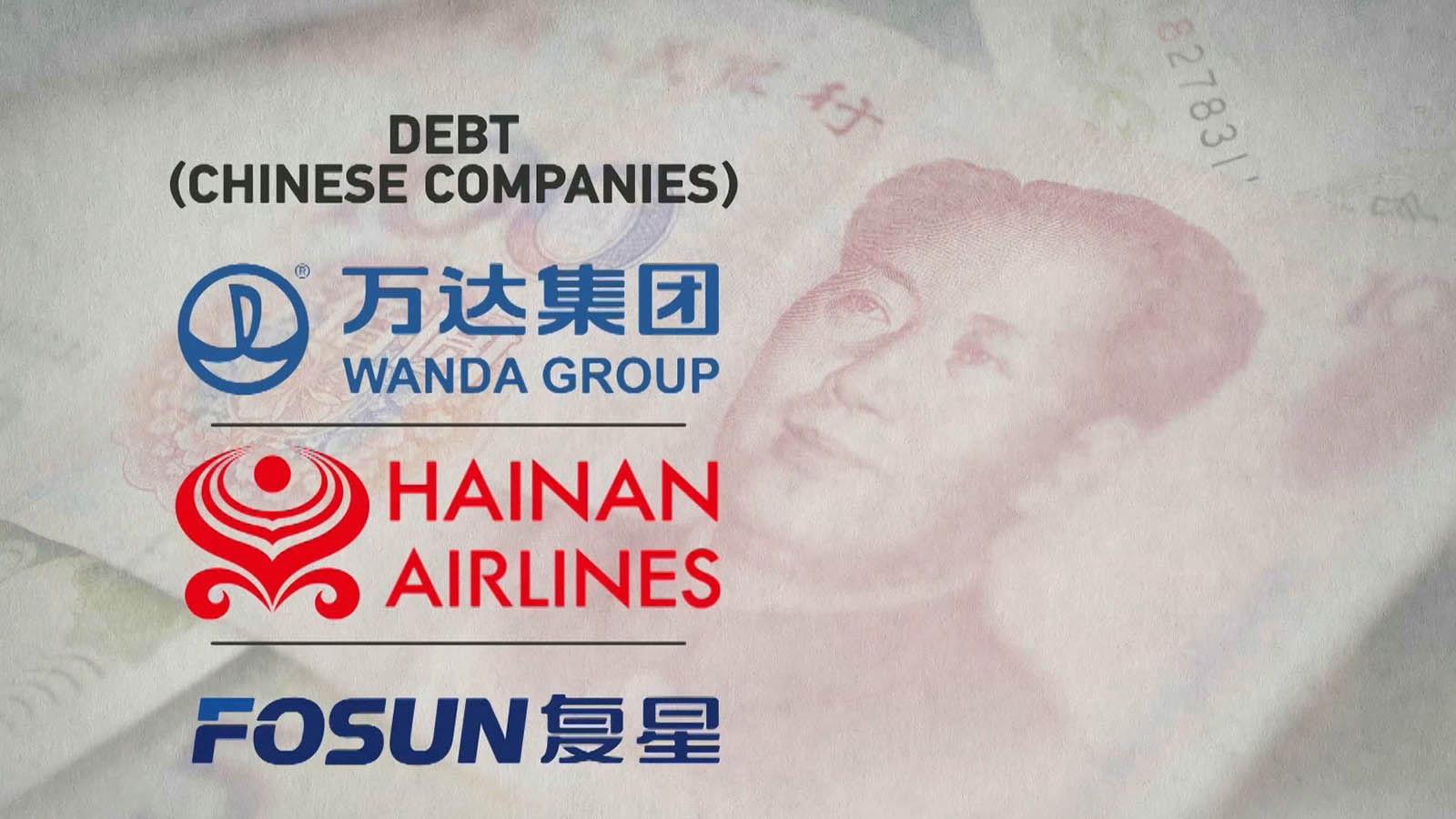
Business
16:39, 15-Aug-2017
China watches out for herd of “gray rhinos” threatening economy
CGTN

Here's a new buzzword in the business world — gray rhino.
They refer to large and visible problems in the economy that are ignored until they start moving fast.
Some markers for these problems lie in real estate, as well as private and government loan levels.
Real estate as a gauge
For example, in real estate, one gauge of affordability is to compare housing prices against personal incomes. In big Chinese cities, that ratio is above 10 whereas in the US, the number is only four.
This year home prices in Beijing, along with other major Chinese cities, fell for the first time in nearly three years.

Debt levels by Chinese companies as a gauge
Another “gray rhino” is debt owed by Chinese companies. In 2011, total credit given to these firms was 120 percent of economic output. Now, it's a 166 percent.
Chinese regulators went after these big state-owned firms, ordering state banks not to give them easy loans and limited their overseas expansion.
Local government debt as a gauge
Last but not least local government debt. Due to a stimulus package in 2009, local government debt more than tripled to 2.67 trillion US dollars in 2013.
To rein in that “gray rhino”, Beijing says it no longer uses GDP data as the benchmark for evaluating and promoting local officials. That way, local politicians would have less incentive, as they once did, to borrow massive loans to build infrastructure and make the economy look good on paper.

SITEMAP
Copyright © 2018 CGTN. Beijing ICP prepared NO.16065310-3
Copyright © 2018 CGTN. Beijing ICP prepared NO.16065310-3